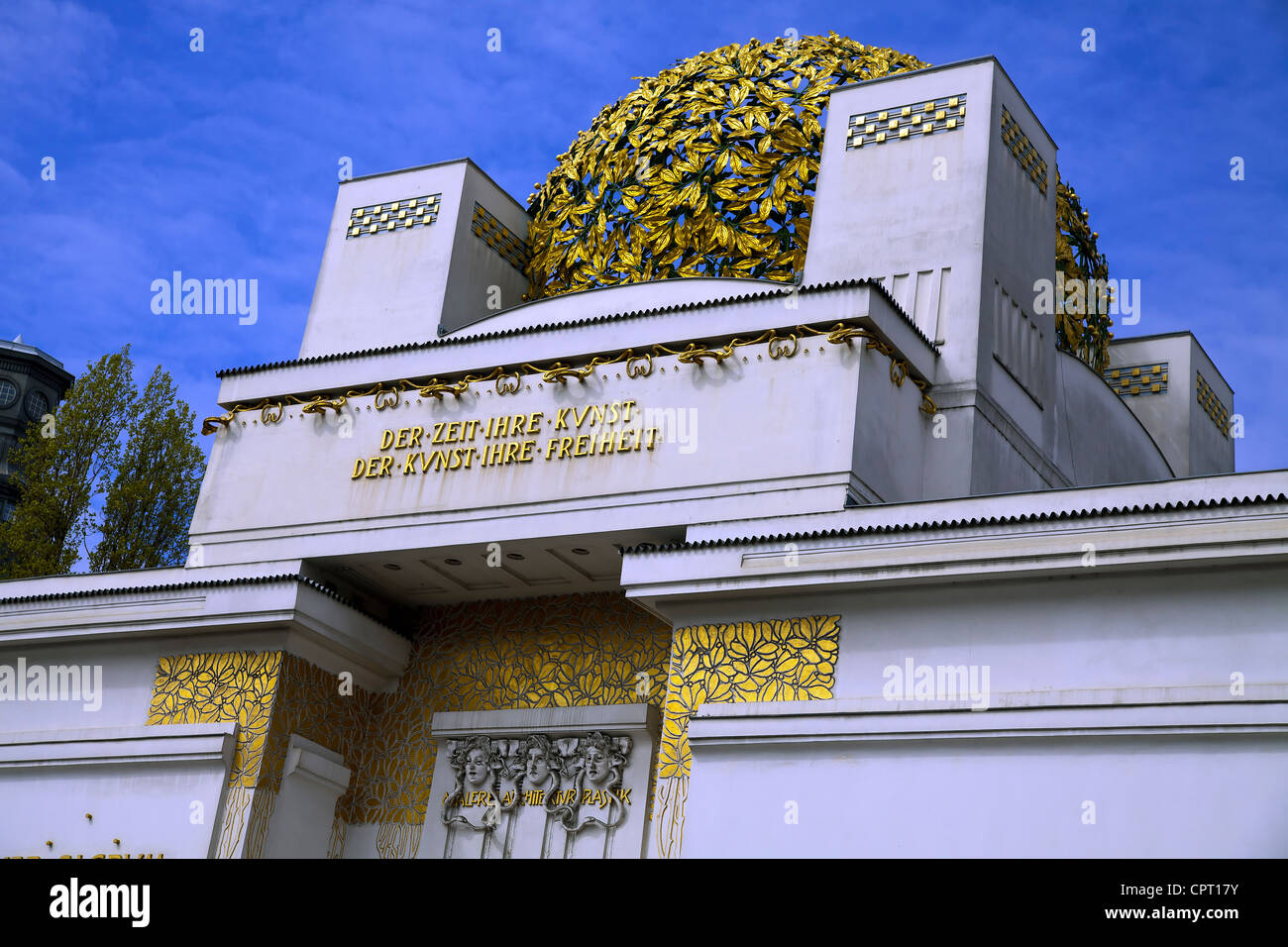

Here’s how that work is described in our book, Art in Vienna 1898-1918. Elsewhere in the light-flooded gallery are temporary exhibitions featuring the experimental work of contemporary artists. At the eighth Secession exhibition, 3 November - 27 December 1900, Mackintosh was invited to create and display an entire room.
#VIENNA SECESSION EAR FULL#
The vast painting is full of twisting, elongated female figures and adorns three walls it measures in at 111.5 ft (34 m) in length. The basement of the Secession Building now houses Klimt’s ethereal green-and-gold Beethoven Frieze, which was painted in 1902 as a visual interpretation of the German composer’s Ninth Symphony. Now regarded as the greatest symbol of Art Nouveau styling in Vienna and included on many architectural walking tours of the city, the building was originally considered scandalous for its modernistic design, which contrasted with the Baroque and Neo-classical beauty of the Imperial palaces and mansions. To art its freedom” is inscribed in gilt over the main entrance. The rooms are spacious with an entrance area. The squat, gleaming white hall is adorned with gilded patterns and resembles an Egyptian temple with a lacy globe of golden leaves on top. The sound proofing can bear that and if you are very anxious bring ear plugs for safetys sake. Clapping, swaying to the rhythms, smiling from ear to ear. The Viennese Secession building, destroyed during WWII, was restored by the City of Vienna using the original plans. The Secession Building is one of the foremost examples of Art Nouveau in Vienna, completed by Joseph Maria Olbrich in 1898, it was designed as an exhibition hall for artist Gustav Klimt and his contemporaries to exhibit their rule-breaking paintings in the new ‘Secession’ style. Gustav Klimt was the first president of the Vienna Secession, a group of artists and.


 0 kommentar(er)
0 kommentar(er)
